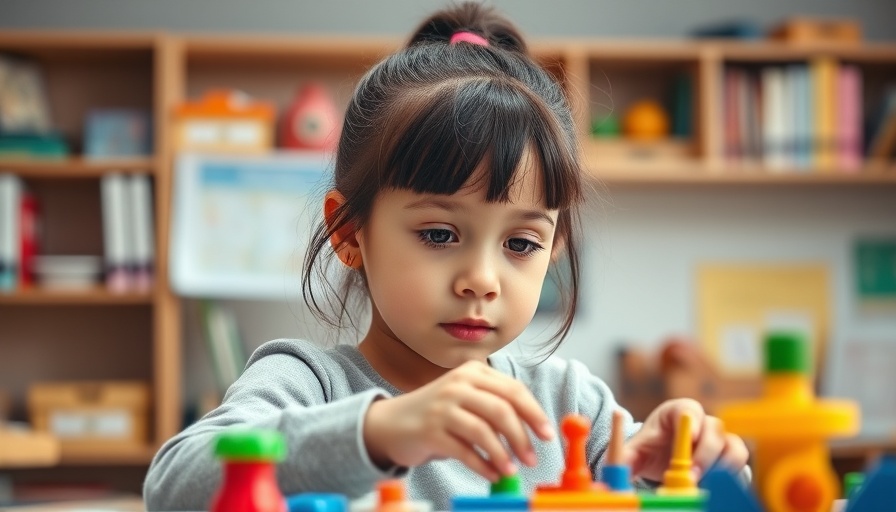
Unlocking the Power of Mindfulness: Lessons from Children
In a world filled with stress and constant distractions, the need for mindfulness has never been greater. Surprisingly, some of the most profound lessons in this essential practice are coming from an unexpected source: first graders. At schools like those supported by Space Between, young students are learning mindfulness techniques that can transform their mental well-being and, in turn, impart valuable lessons to adults seeking to cultivate a healthier lifestyle.
Positive Impact on Students and Educators
Teaching mindfulness in schools serves as a crucial tool not only for students but also for teachers who face daily stresses. These programs, such as the one implemented by Space Between since 2016, aim to create a supportive environment that fosters mental health and resilience. The evidence is clear—students who learn mindfulness skills report lower levels of anxiety and improved emotional regulation, crucial factors for success in their academic and personal lives.
Simple Techniques Everyone Can Try
Students Elijah and Romir have shared two easy and engaging mindfulness techniques that can help improve focus and reduce stress. These practices are not just child's play; they can easily be integrated into the busy lives of adults aiming to achieve greater mental clarity and emotional balance.
The Zig-Zag Breath
Romir teaches a simple Zig-Zag Breath that’s perfect for quick stress relief:
1. Move your head side to side in a zig-zag motion.
2. Breathe out calmly as you do this.
This quick exercise not only helps warm the body but can also be a great way to regain focus and clarity during a chaotic day.
Square Breathing
Elijah's Square Breathing technique involves a rhythmic drawing of a square while focusing on breath:
1. Breathe in through your nose while moving your finger along the first side of the square.
2. Breathe out through your mouth while moving to the second side.
3. Continue this pattern until the square is complete.
Practicing Square Breathing three times can help center your thoughts and calm your nervous system, making it an effective tool for adults who cope with demanding schedules.
Expanding Mindfulness to Various Ages
For those looking to introduce mindfulness practices to children, the approach can be simple and fun. From guided meditations to interactive breathing exercises, resources are abundant. Teaching mindfulness at a young age equips children with tools to build self-esteem, manage stress, and face challenges skillfully.
Realizing the Benefits: Creating a Mindful Community
By integrating mindfulness practices into daily routines, children and adults alike can foster healthier relationships with their emotions. Programs like those at Space Between highlight the importance of creating community-based approaches to mindfulness, emphasizing that well-being is a shared journey.
Practical Steps for Mindfulness in Daily Life
Incorporating mindfulness into a busy life doesn't have to be complex. Here are some practical steps:
- Set aside just a few moments each day to practice breathing exercises, whether at home, work, or school.
- Find moments in your day, such as during commutes or waiting in line, to perform mindful breathing or small meditative practices.
- Engage with your children by participating in simple mindfulness activities together, helping to strengthen your bond while cultivating calm.
Conclusion: Why Mindfulness Matters
Embracing mindfulness practices not only cultivates a sense of peace but enhances overall well-being. As adults navigate the complexities of modern life, learning these lessons from children can provide refreshing insights and effective coping mechanisms. Take the leap—explore mindfulness today and discover the benefits of a more centered, active lifestyle.
 Add Row
Add Row  Add
Add 




Write A Comment